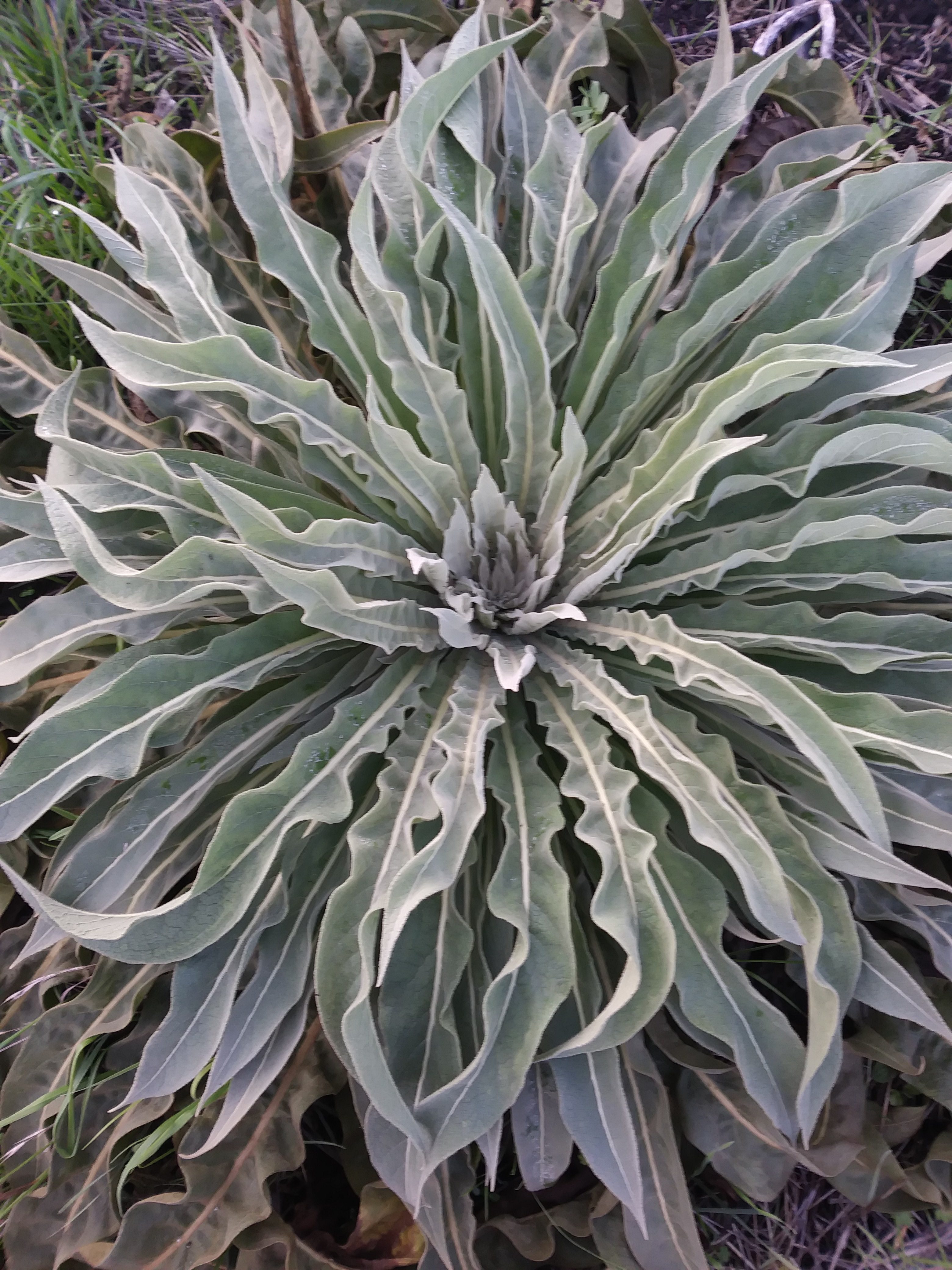I hope you are well, no matter what the AQI is where you live.
Say, what is that — AQI?
As more and more of us are quickly learning, AQI stands for Air Quality Index, and some of us are checking it obsessively daily. That’s because we find ourselves amidst the newest season of the year: Fire Season.
When I was a teen, I remember each summer here in Northern California, there were always a few smoky days during the summer. Sometimes it seemed like they would go on for at least a week, but it never lasted anything like it does now. Now we are accurately calling this time of year “Fire Season” as it seems the smoky, firey conditions last for a whole season, that is, at least 3 months (and often longer). I write to you today when the air is a bit more clear, but the past few weeks, with several fires raging on the west coast of the USA, the air has been moderate (in the yellow, under 100 — now common phrases we use as we talk about and plan our day over tea in the morning) at best. And the smoke is spreading farther than seen before (hence smoky Boston a month or so back from fires on the West Coast and Canada, say what?!), which has more and more of us wondering how best to take care of ourselves.
How do we help to prevent, or mitigate, some of the damage that is being caused to our airways during this new season, as season that seems like it will be back year after year for the foreseeable future? Enter Herbs and natural supplements (how did you know this was coming?). There are so many helpful plant allies and useful supplements to support us in these times. Read on to learn more about some of my favorite supportive remedies and a free class which can support us during this new Fire Season.
***
Supportive Tid – Bits
Moistening Tea Blend
Part of the issue of smoky, dry air and weather, is how dry it makes our lungs and bodily tissues, making them more vulnerable to damage. Using moistening herbs to support mucus membranes can bolster our lungs and bodies from incoming particulate.
Make a cold infusion of:
1/4 cup Marshmallow Root
1/8 tsp Licorice Root
a hefty pinch of Nutmeg or Cardamom(optional)
- Place ingredients in a 1 quart mason jar, cover with cool or cold water and let steep for 1 hour, or as long as over night. Strain and enjoy (best when consumed cold)
- This tea will be very thick, almost like mucus, which is a signal of it’s use for our mucus membranes — coating, soothing, and protecting those delicate tissues, and fortifying them from particulate damage.
- Enjoy 2-4 cups per day. A daily batch of this cold infusion all fire season long
***
Wildfire Resources
A wonderful collection of resources, check out this page from Farmacopia.
On it you will find links to articles about :
- Smoke Toxin Protection Foods
- Protecting Yourself From Smoke
- Fire Protection Essentials
- Fire Protection Essentials – Part 2 – As the Dust Settles
As well as local community resources, helpful products to ease smoke exposure, helpful apps to get info on air quality, etc.
***
|
***
|

